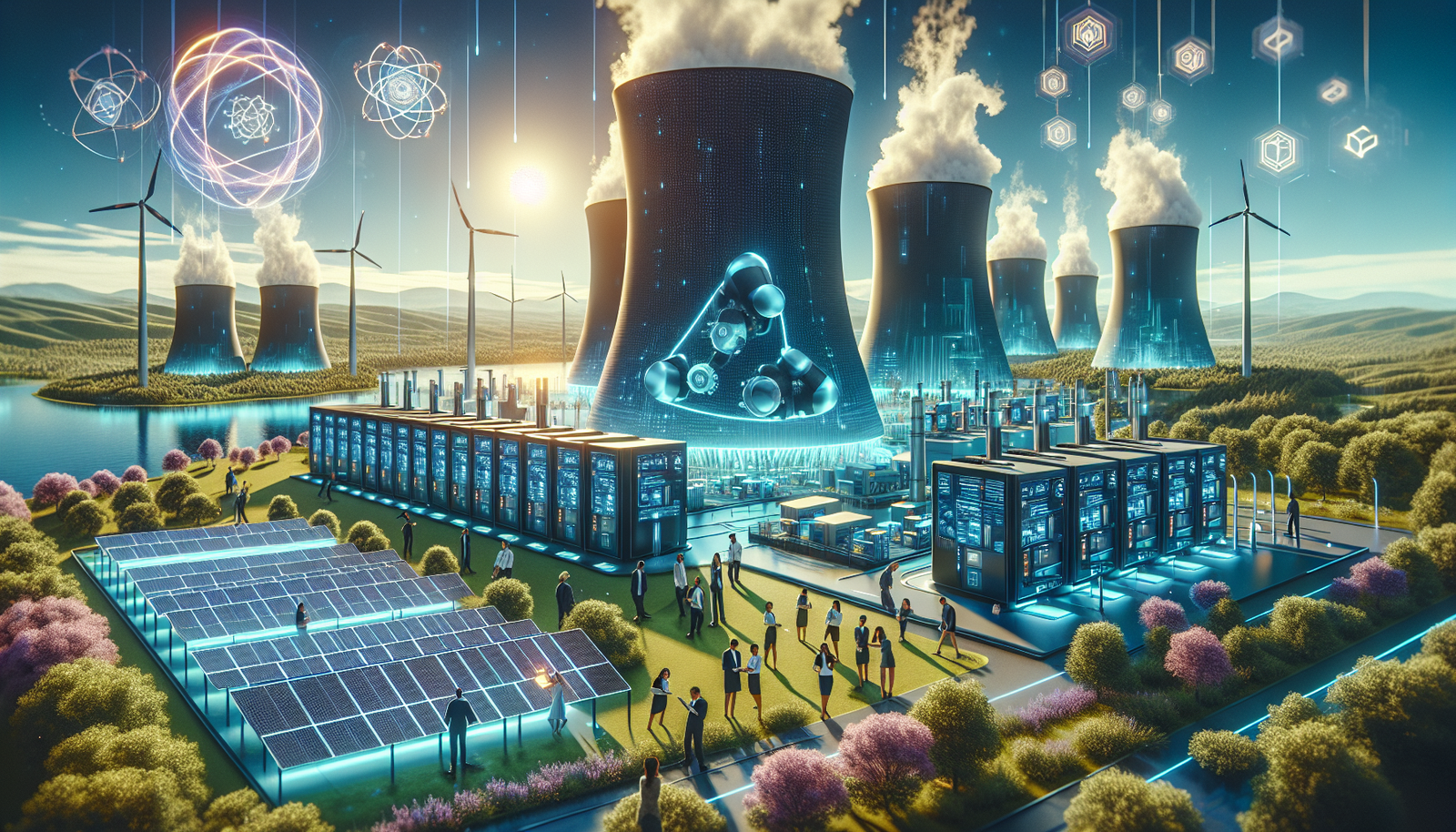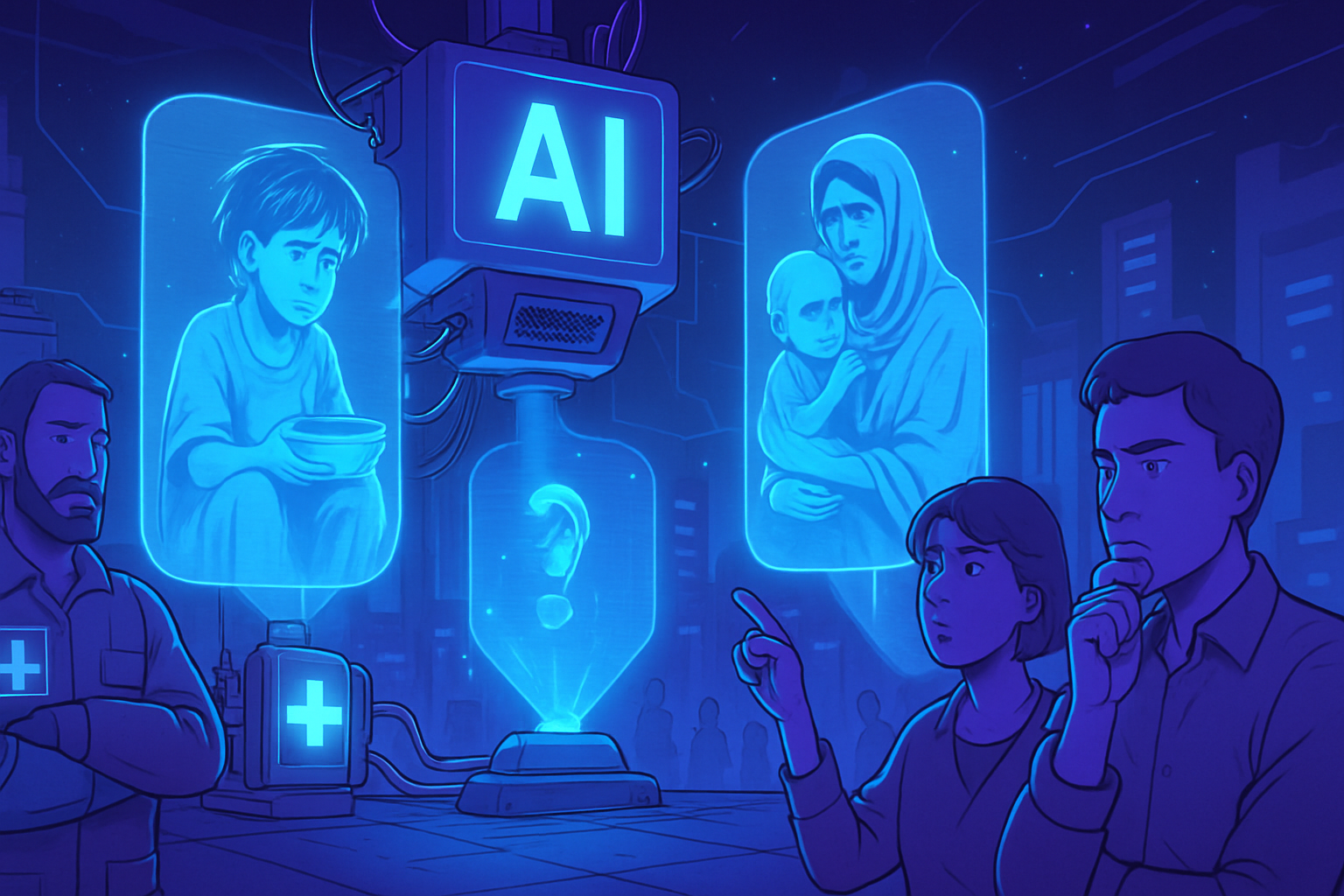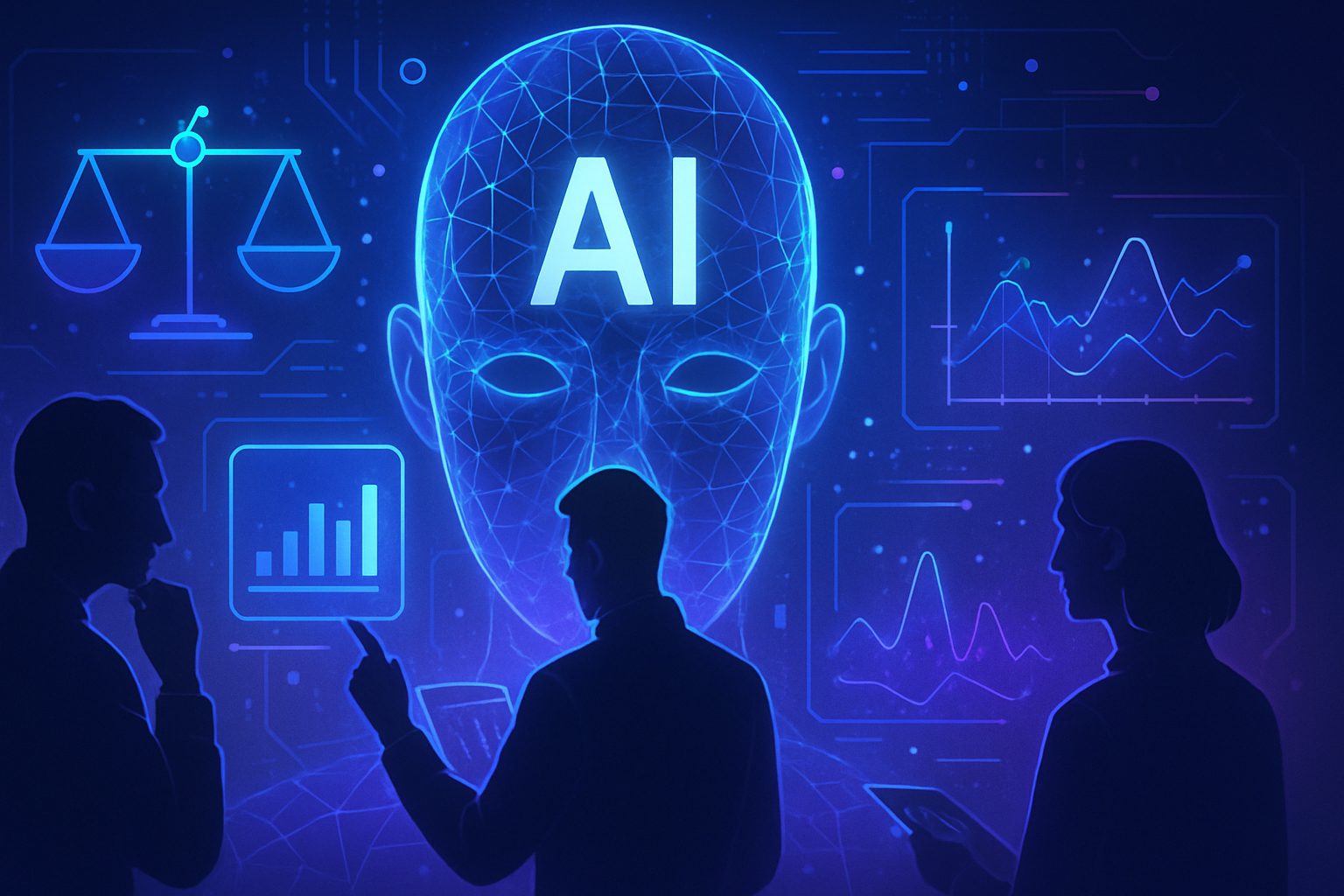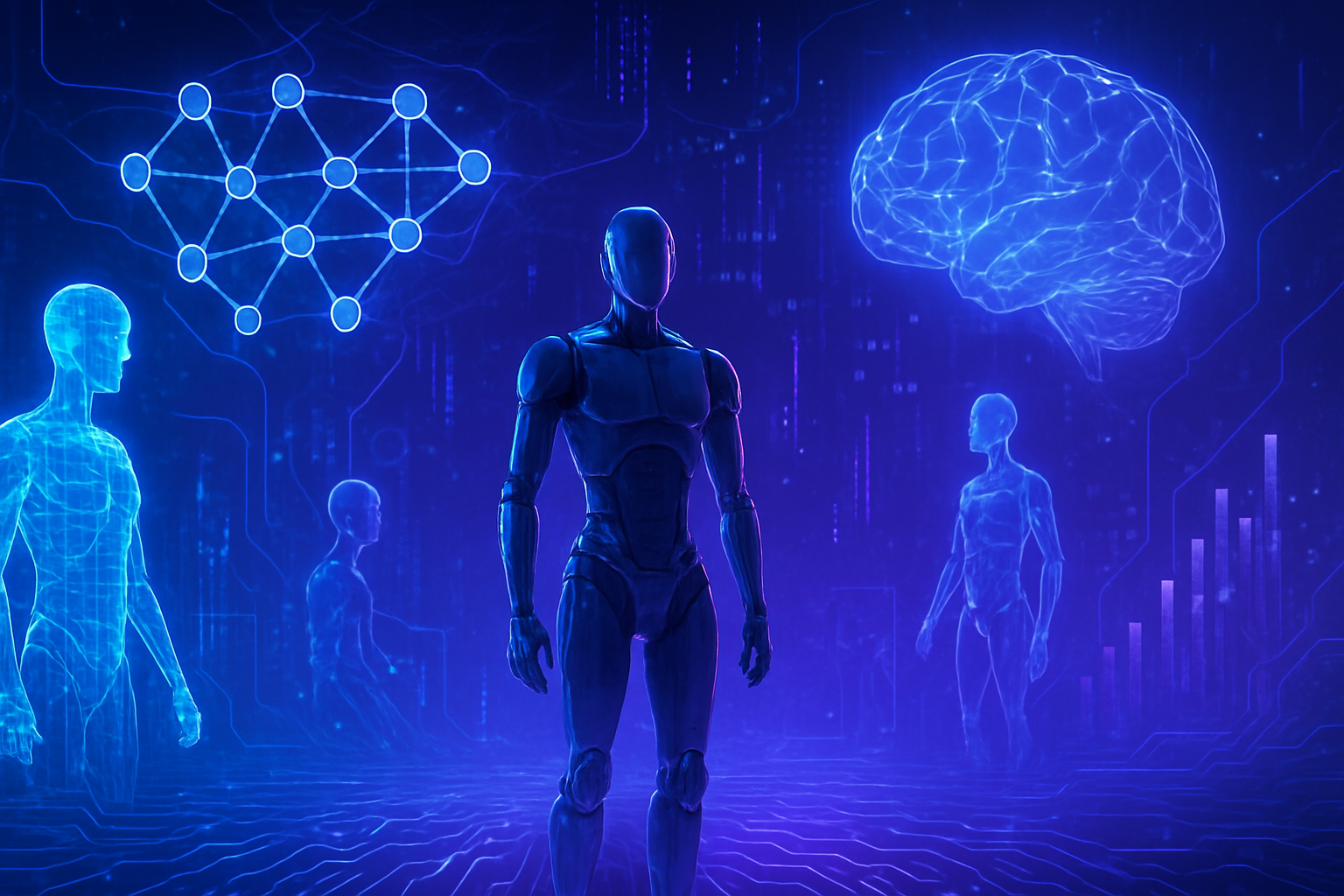Google is embarking on a bold energy revolution, placing nuclear at the heart of its power strategies. In partnership with the startup Kairos Power, the tech giant envisions leveraging small modular reactors for its data centers. This initiative is not just about meeting growing needs; it is engaging *in a transition to more sustainable energy* and *reinventing the operation of digital infrastructures*. The implications of this investment are *formidably ambitious*, shaping the future of artificial intelligence and our planet.
Google’s Strategic Investment in Nuclear Energy
Google has announced a partnership with the American startup Kairos Power, aiming to source nuclear energy to power its data centers. This agreement envisions the acquisition of electricity supplied by small modular reactors, an innovative technology that promises energy production that is both efficient and sustainable.
The Growing Energy Needs of Data Centers
Google’s data centers, which are constantly expanding, require a significant amount of electricity to operate generative artificial intelligence systems. With the rise of advanced technologies, energy demand is increasing disproportionately. By choosing nuclear energy, Google aims to ensure a reliable and low-carbon power supply.
Timeline of the Agreement with Kairos Power
The first flows of nuclear energy are expected to become available starting in 2030, marking a decisive step in Google’s energy strategy. Initially, this agreement will launch a single reactor power plant of 50 MW. Subsequently, the project plans to construct several other facilities with modular reactors.
A Turning Point for the Tech Industry
This initiative represents not just an energy choice for Google, but a real turning point for the entire tech industry. Companies like Google are showing a growing interest in nuclear energy, an option often overlooked in the past. Powering their infrastructures with nuclear energy could establish a new economic and environmental model.
Advantages of Small Modular Reactors
Small modular reactors, or SMRs, offer several advantages over traditional reactors. Their design allows for more agile deployment and optimized resource management. These systems are also perceived as less risky, presenting a reduced peripheral footprint and more controlled operating costs.
Potential Impact on Artificial Intelligence
The reliability of the energy supply could significantly enhance the performance of artificial intelligence applications in data centers. By securing a stable energy source, Google will ensure resources are focused on research, innovation, and machine learning. The integration of nuclear energy could thus play a crucial role in the company’s future competitiveness.
Response from Experts and Observers
Energy and technology experts are divided on this initiative. On one hand, some praise the move as a step towards sustainable solutions for growing energy needs. On the other hand, critics highlight the challenges associated with nuclear energy, particularly regarding safety and waste management. The agreement with Kairos Power will be closely monitored, both for its outcomes and its long-term implications.
An Initiative That Could Inspire Other Industry Players
Google’s initiative could inspire other major tech companies to consider nuclear energy as a viable path to meet their energy needs. This dynamic could foster a transition to greener energy solutions within the industry. Thus, the tech sector could become a catalyst for broader adoption of nuclear technologies.
For more information, check out this article on the unprecedented agreement and explore the phenomenon of small nuclear reactors. The implications of this initiative are fascinating, particularly regarding our planet and the impact on artificial intelligence that will result.
Frequently Asked Questions
Why did Google choose to invest in small modular reactors?
Google seeks to diversify its energy sources by opting for more sustainable solutions. Small modular reactors allow for carbon-free energy production, thus meeting the growing demand for environmentally responsible practices.
What type of nuclear reactors will Google use?
Google is preparing to use small modular reactors (SMRs), which are designed to be more flexible and safe while ensuring continuous energy production for its data centers.
When will Google start using nuclear energy?
The agreement with Kairos Power plans for nuclear energy to start being supplied to Google from 2030, with a ramp-up scheduled to ensure a smooth transition.
What will be the benefits of using nuclear energy for Google’s data centers?
Using nuclear energy will allow Google to reduce its carbon footprint, ensure a stable energy supply chain, and optimize operating costs in the long term.
How many nuclear reactors does Google plan to use to power its data centers?
Google has committed to acquiring several small reactors, including a plant with a single reactor of 50 MW, and later, up to three additional plants to support its energy infrastructure.
What is the environmental impact of this Google initiative?
This initiative aims to reduce greenhouse gas emissions associated with energy production, positioning Google as a major player in the fight against climate change.
How can nuclear energy support Google’s generative AI?
By providing a stable and continuous energy source, nuclear energy will ensure that data centers can operate efficiently, thereby facilitating complex tasks of machine learning and generative AI.
What are the safety concerns associated with the use of nuclear energy?
While safety is always a reasonable concern, small modular reactors integrate advanced technologies designed to minimize accident risks and ensure operational safety.
How does this decision fit into Google’s overall sustainability strategy?
Investing in nuclear energy aligns with Google’s goal of achieving carbon neutrality by 2030, thereby reinforcing its commitment to sustainable and innovative practices within the tech sector.






